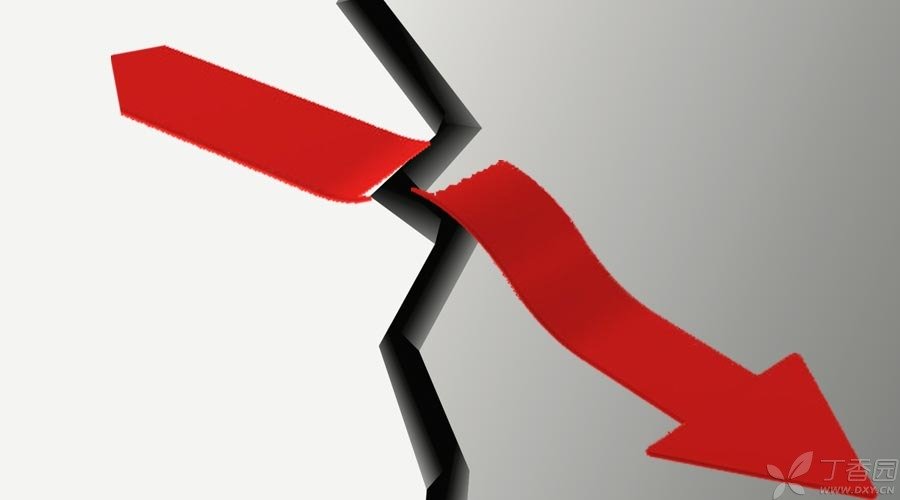
Although anal fissure is small, it has a great influence on children.
Children’s anal fissure, many parents may not know the disease, know the disease, also mostly don’t think it is a big problem. The disease is so small that many pediatric textbooks do not write about the disease, even if they do, it is also a few sentences, resulting in many doctors also don’t know much about the disease.
The truth is, An anal fissure is a fissure in the anus, A little pain, a little bleeding, a part of the children did not deal with a period of time also grew up. In the past, I also thought so, until after the specialist clinic, found that the disease actually occupied a large proportion of the general outpatient specialist clinic, the disease also brought a lot of pain to many children, but was generally ignored by parents and doctors.
Who came to see the disease, Most parents do not know that their children have anal fissure, It is often seen that the child’s stool has blood, Worried about what’s serious problems, he brought them to the hospital. Some accidentally found a small carp around the child’s anus. Thought it was hemorrhoids and came to see a doctor, The latter is already a chronic anal fissure, That is, the course of the disease has been 8-12 weeks. The child has been suffering from illness and the parents have not noticed it. The difficulty of treatment is not to say, but also let the child bear a lot of avoidable pain. The incidence of anal fissure in children is also very high. In addition to bringing pain to children, it will also aggravate constipation and bring a series of impacts to children’s body and psychology. Therefore, although the disease is small, it has a great impact on children. Parents and doctors should attach importance to it.
For anal fissure, constipation should be treated first.
As stated in the article on functional constipation, Constipation can induce anal fissure. Stool is thick and hard, Beyond the limit of anal compliance and expansion, It may cause tear of anal skin and mucous membrane, Usually in the anal canal upper and lower midline to form longitudinal fissure, this may be the main cause of anal fissure, so most children with anal fissure have a history of constipation. But not all children, children with anal fissure within 1 year old have a lot of stool is also very good, there is no constipation, and the cause of some anal fissure is not so clear.
Once there is an anal fissure, when the child defecates next time, the wound is pulled and stimulated, and pain and hemorrhage may occur, which is manifested by the child not daring to defecate, pain and crying during defecation, blood on the surface of defecation, or blood dripping from the anus after defecation, and sometimes more bleeding after deep fissure.
Dare not defecate will aggravate constipation, The stool is getting drier and harder, Aggravated anal fissure, A vicious circle, Over time, Chronic inflammation of the fissure can lead to local granulation tissue proliferation, The formation of protruding small flesh excrescence, we call it [sentinel hemorrhoids], is one of the main characteristics of chronic anal fissure. Because anal fissure mainly occurs in the upper and lower midline of anal canal, sentinel hemorrhoids are also mainly located in the anus. Experienced pediatricians generally know that children are what’s problems when they see the small flesh excrescence in these two positions of anus.
As mentioned earlier, constipation is the main cause of anal fissure, and solving the problem of constipation is the key to the treatment of anal fissure. The anal fissure is no longer repeatedly spread by dry and hard stool, and the anal fissure has the chance to heal. Many children have constipation and the anal fissure will slowly grow up.
Symptomatic treatment
In addition, we can also adopt some symptomatic treatment for local wounds of anus, Mainly to keep the cleanness around the fissure, such as sitting bath with warm water or potassium permanganate solution, especially after defecation, not only can clean and disinfect, but also can improve local blood circulation, which may promote healing. Through these conservative treatment methods, most acute anal fissure can be cured in about 2 weeks.
For children with chronic anal fissure, the above-mentioned conservative treatment methods are mainly adopted. Constipation is eliminated, anal fissure grows well, inflammatory stimulation subsides, and carp may slowly level off, but it takes a long time, and of course it can also be surgically removed.
There are also methods for topical application of nitroglycerin ointment, local anesthesia ointment, diltiazem ointment and the like in anus. The aim is to relax the anal sphincter with these drugs. To prevent the wound from splitting again, However, the conclusion of the current research is that these drugs are only a little stronger than placebo, and some have side effects such as headache and anal feces in a short period of time, which are rarely used in China at present. Surgical incision of internal sphincter is the final choice for the treatment of anal fissure, and because of the risk of postoperative anal incontinence, there are few treatments for anal fissure in children in China.
Author: Pei Honggang
